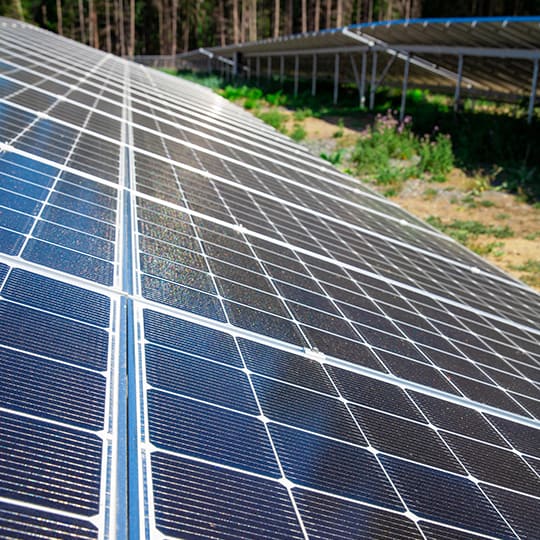Quick Fact – OPALCO Debt and Capital Projects
OPALCO’s debt is healthy and well managed. Debt is how co-ops finance growth and capital projects. In 2019, OPALCO came to the end of a period of intensive capital projects that pushed the debt ratio up higher. This is the pattern over the decades:1) build equity for capital projects, 2) borrowing and construction, 3) pay loans off over 30 years, 4) do it all over again.
- Recent capital projects include: $15M Submarine Cable project, major substation rebuilds, a new mainland power feed, grid modernization and replacement of aging direct buried cables.
- OPALCO conducts a comprehensive review and forecast of debt, equity and cash balances to fund all of our capital project needs each year in the budgeting process, and works from a four-year Construction Work Plan that is reviewed and approved by USDA/Rural Utilities Service (RUS), our lender. The Board of Directors reviews the status of this plan on a quarterly basis.
- There is a very consistent rise and fall pattern of debt and equity throughout OPALCO’s history and that is typical among rural cooperative utilities:
- Rising equity to build toward major capital expenses – particularly submarine cable projects –during which the debt ratio falls;
- A cycle of rising debt as each project gets funded with loans, built and capitalized – during which the equity ratio falls; and
- Followed by a recovery period of rising equity ratio and falling debt ratio as we prepare for the future capital projects.
- How do we pay for this debt? Each year’s budget includes a share of the depreciation and interest on the 30-year loan – so each member pays for the system that they are using themselves.
- OPALCO’s ability to borrow funds for capital projects is based on its TIER (times interest earned ratio), which is closely monitored by OPALCO’s primary lender, USDA/RUS. RUS consistently finds OPALCO’s TIER to be acceptable and healthy.
- Our current forecast shows equity trending upward and borrowing slowed (2018-2022) as we prepare for the next submarine cable replacement project and renewable energy resources needed to solidify the islands energy future.
- Note the budget financial metrics below (as well as the recently completed 20-year long-range financial plan) forecasts debt decreasing in upcoming years as we build equity in preparation for our future major capital expenditures (i.e. local generation resources).
- Total Utility Plant Investment Per Mile is $119,376. This is quite good considering the high percentage of buried and submarine cable and substations needed to serve 20 islands. The WA state average for co-ops is $91,323.
- Rock Island’s debt is independent of OPALCO and covered by Rock Island subscriber revenue over the course of the 30-year loan term. As the parent organization of a wholly-subsidiary, OPALCO guarantees their loan and has Rock Island’s assets and value as collateral to more than cover the guarantee.
Find OPALCO financial reports here: https://www.opalco.com/resource-library/#rlffinanceannualbudgets



